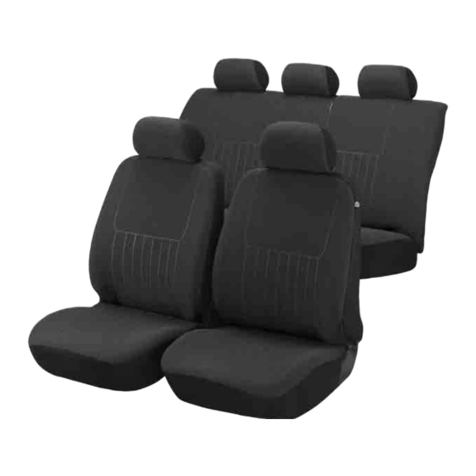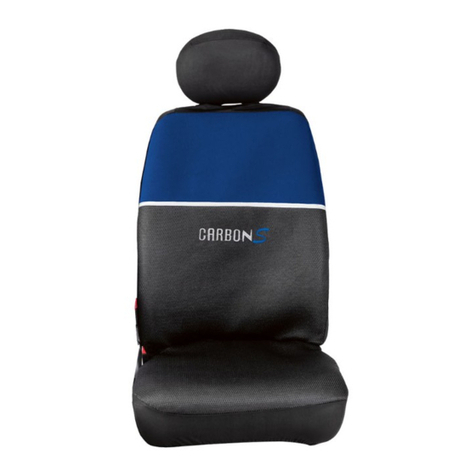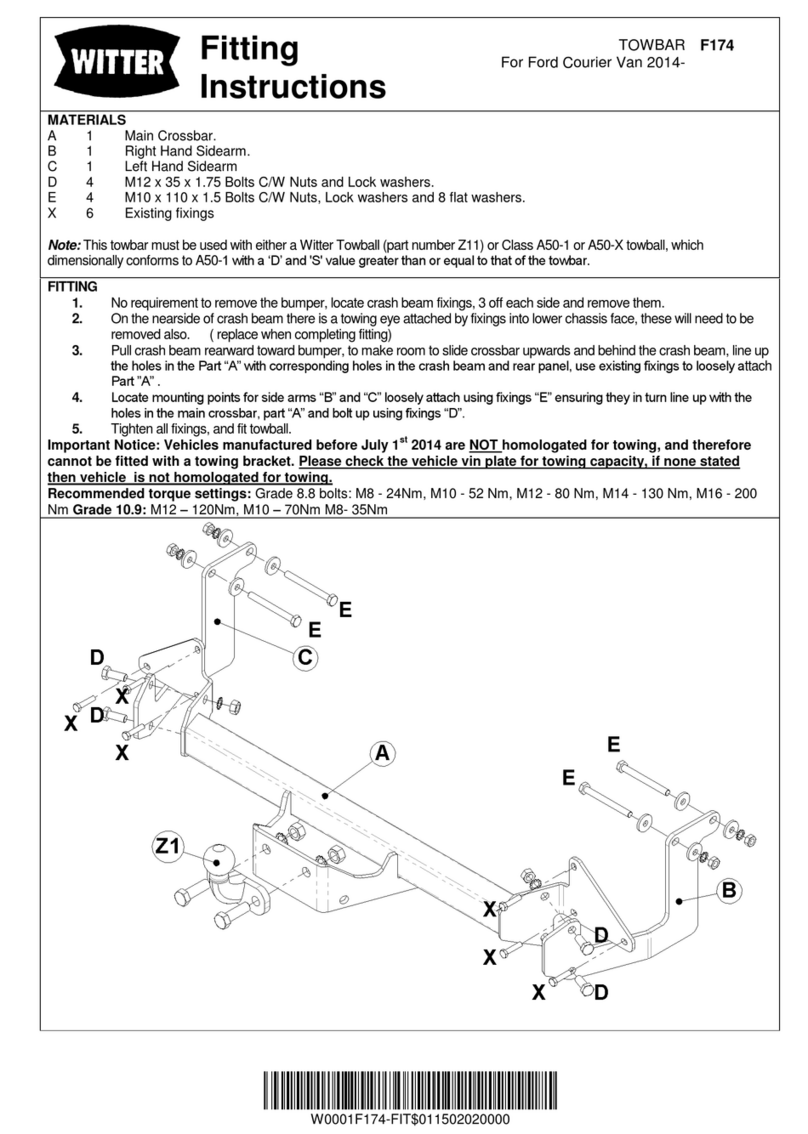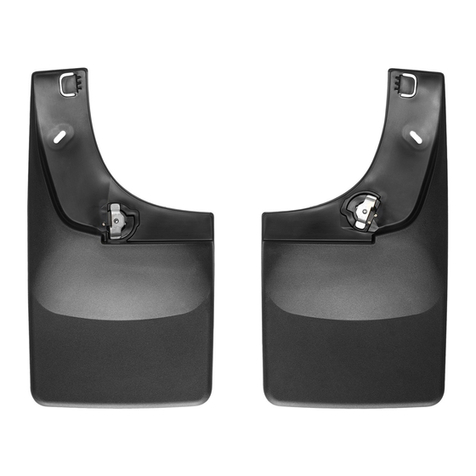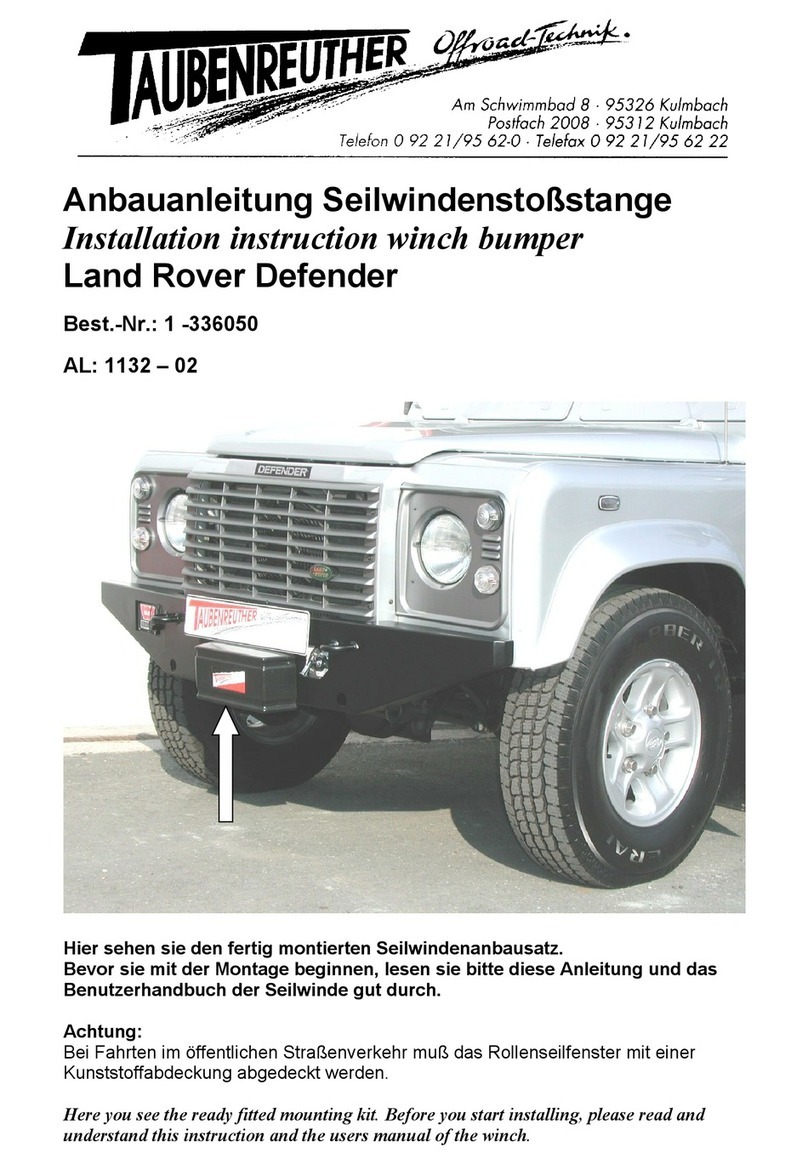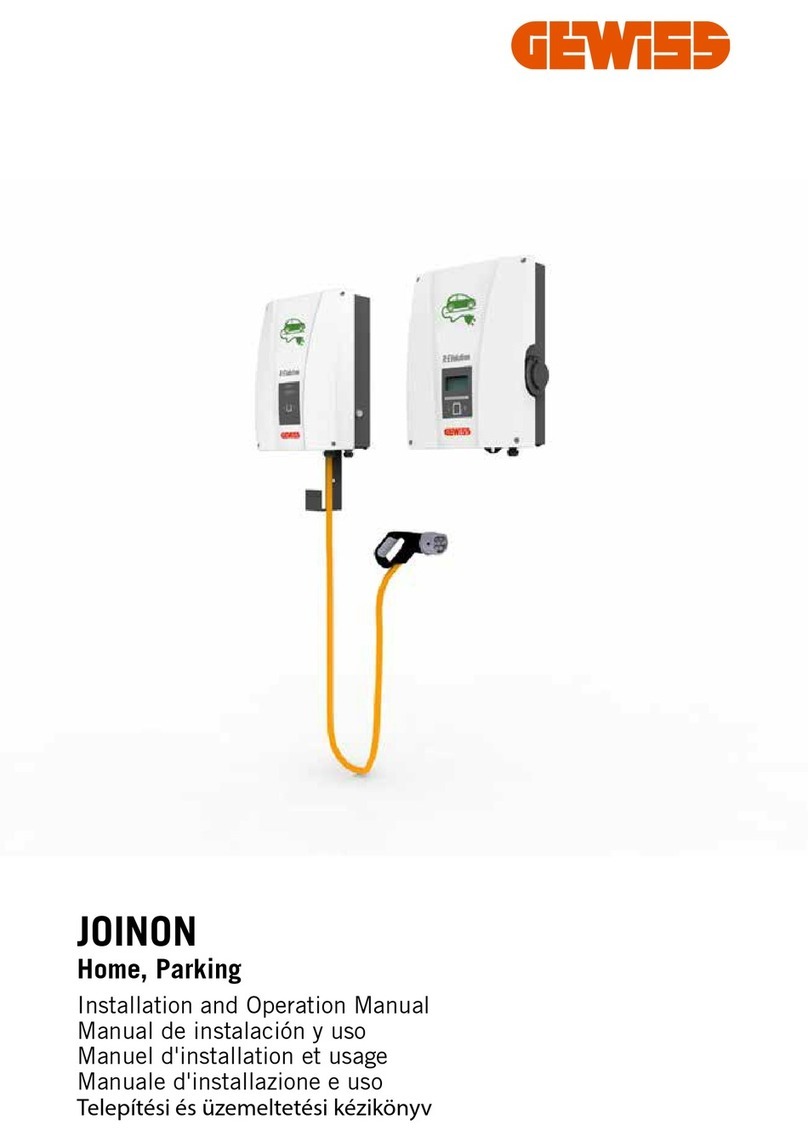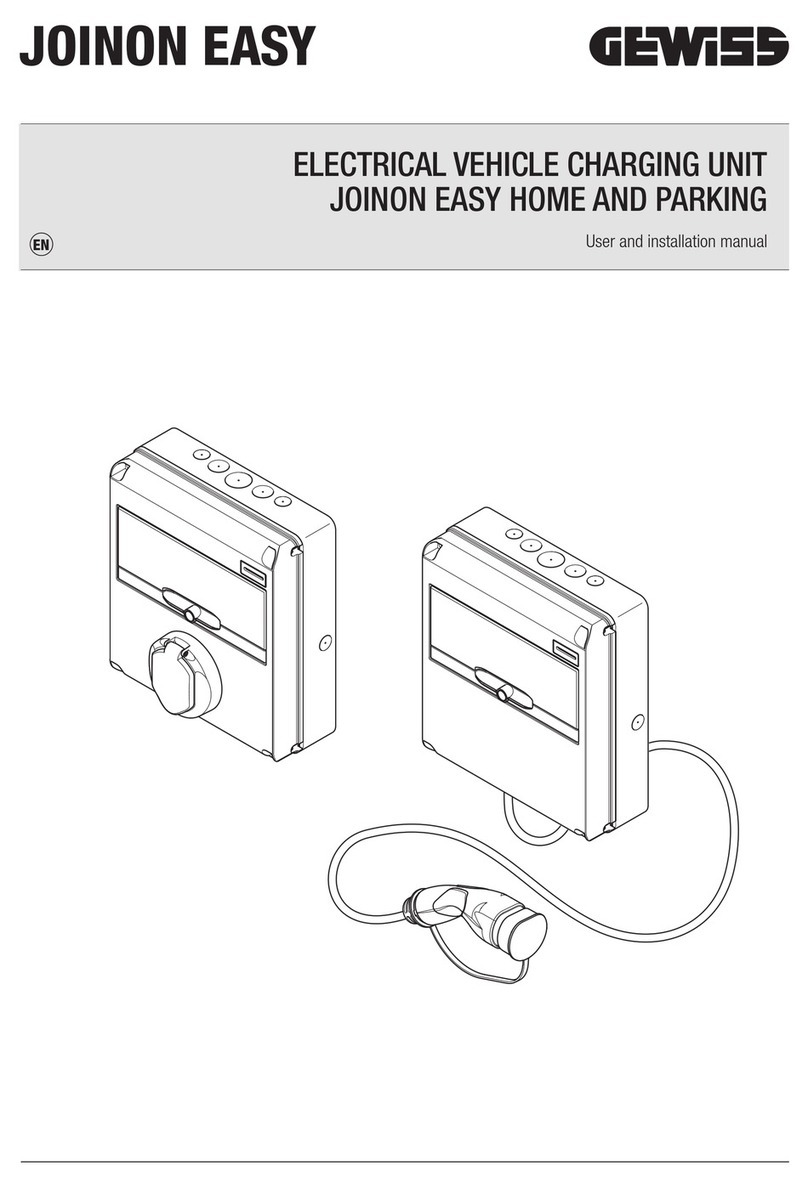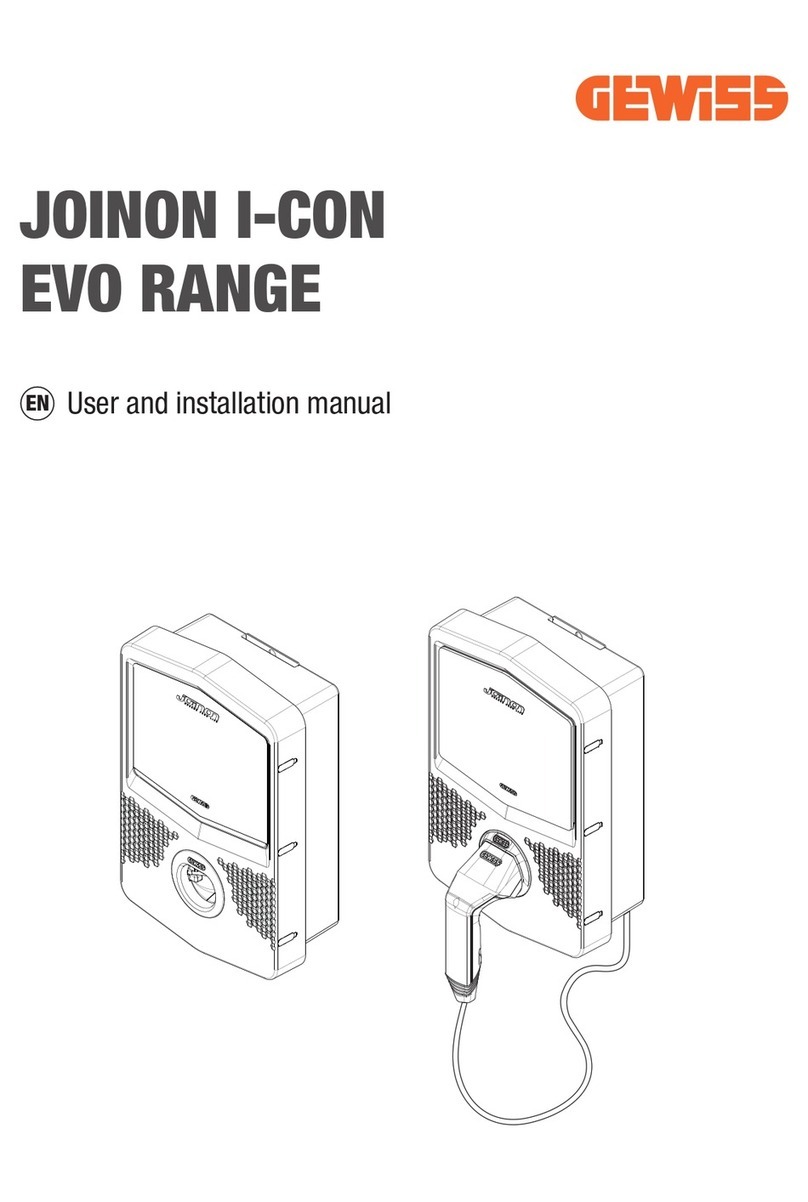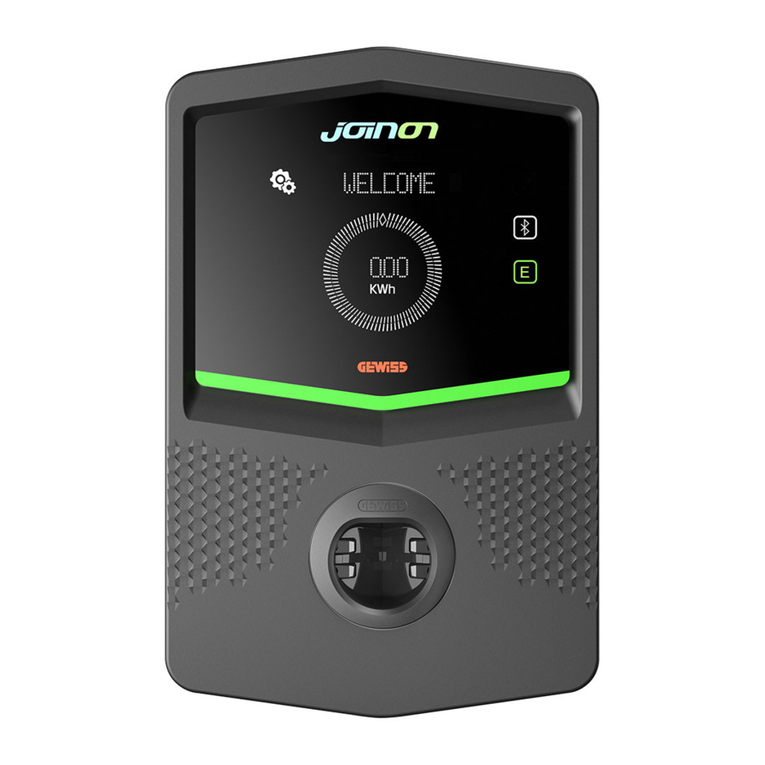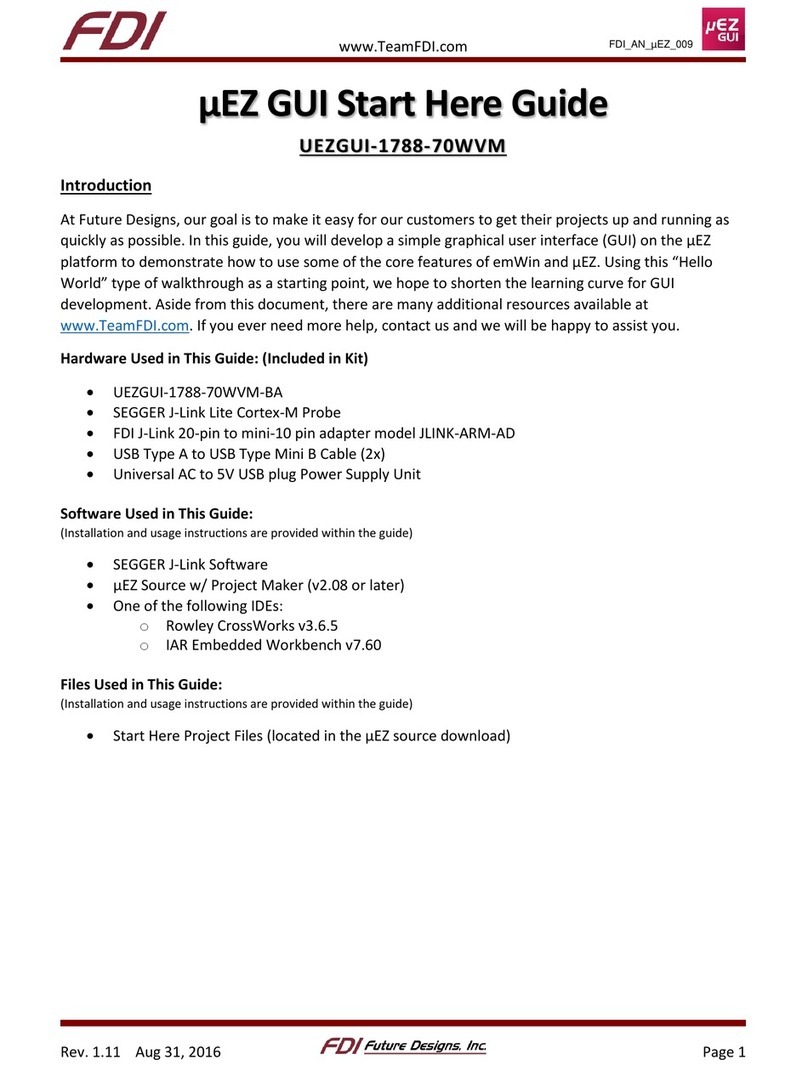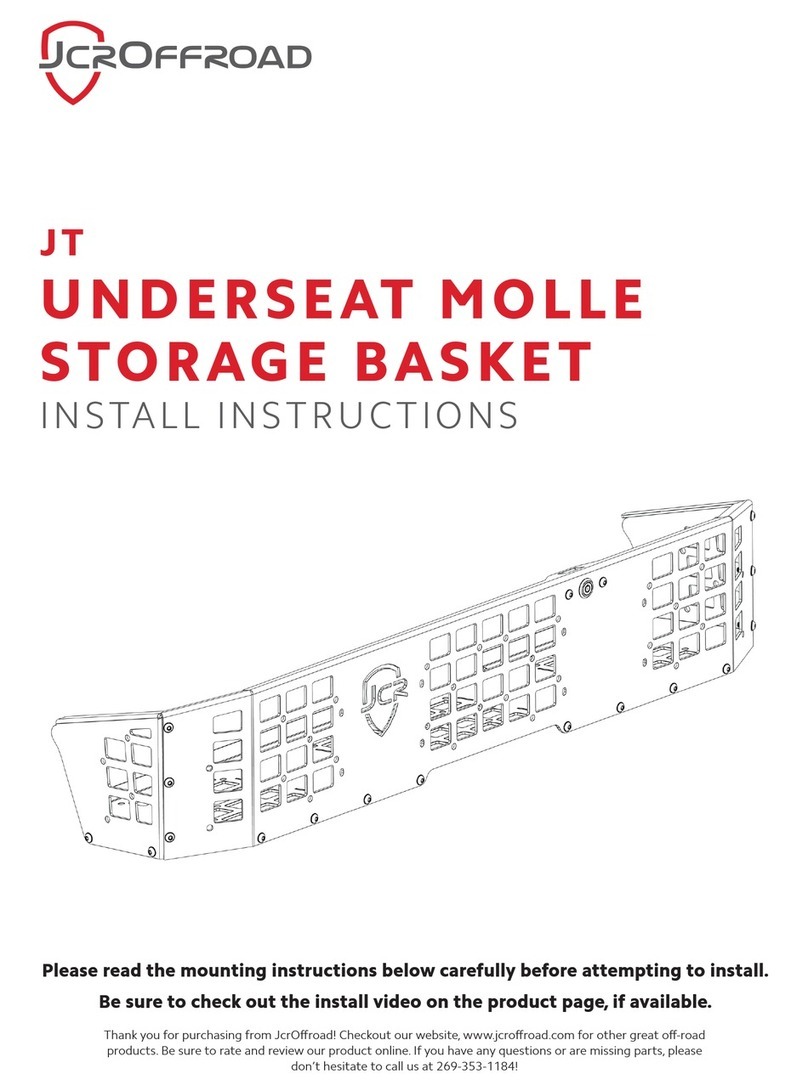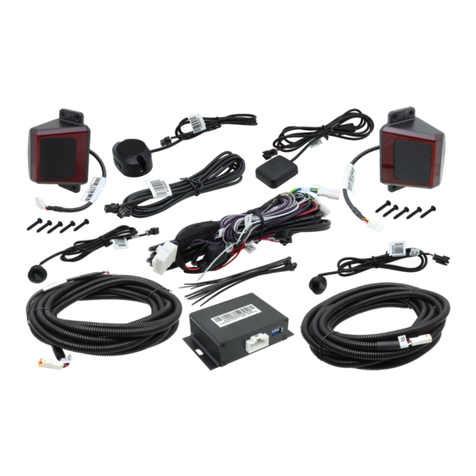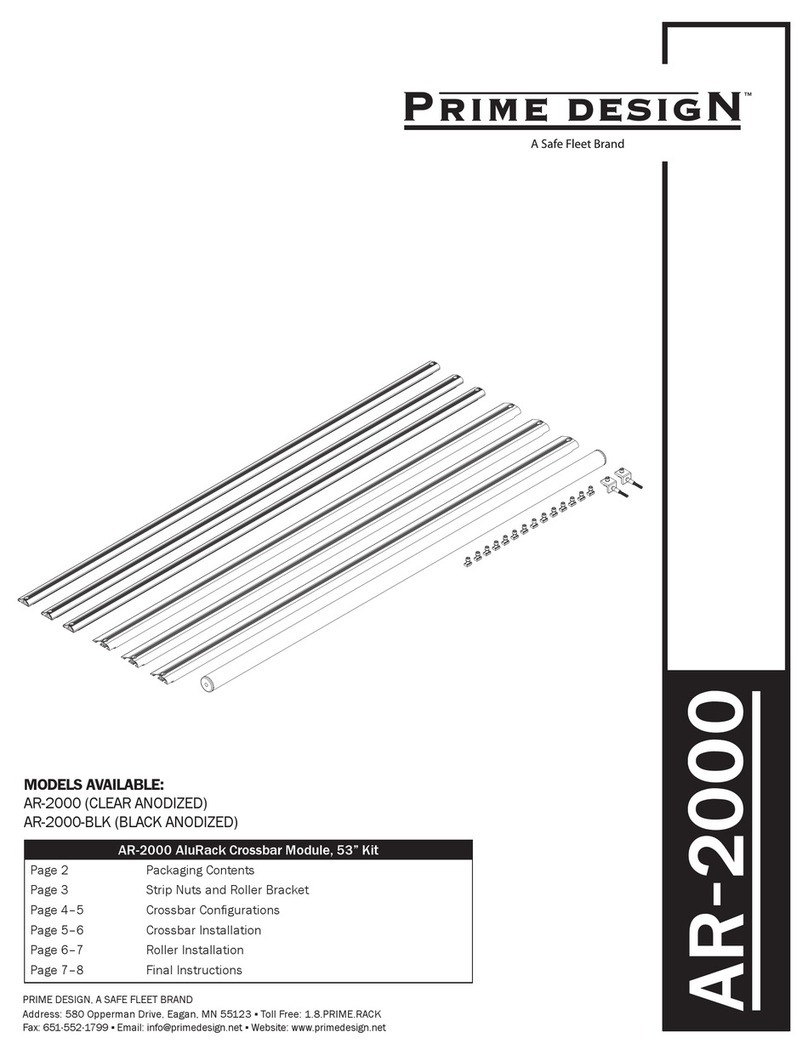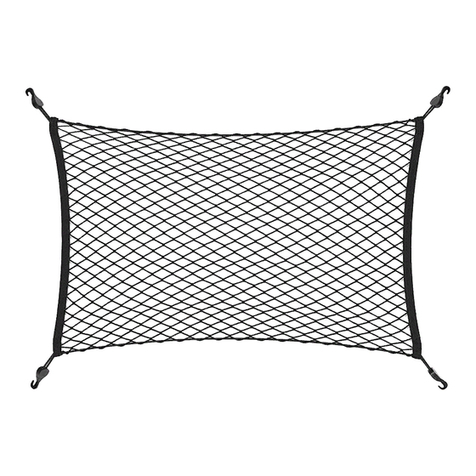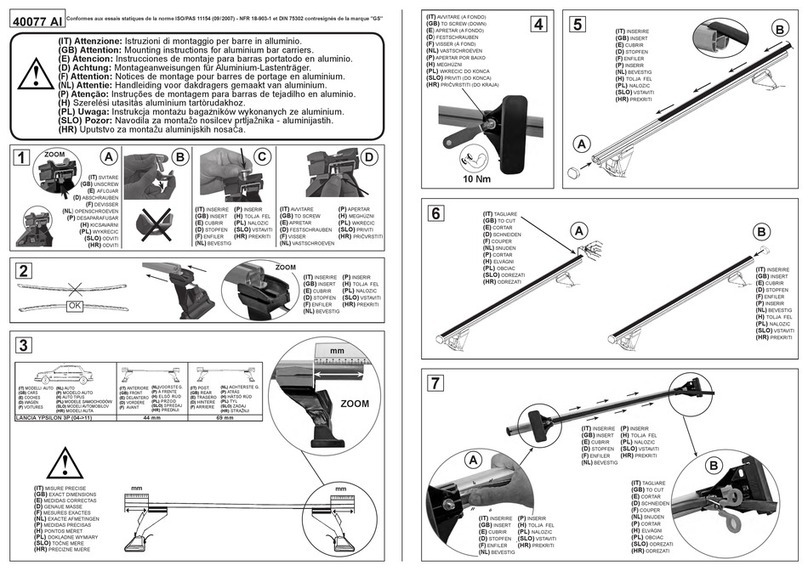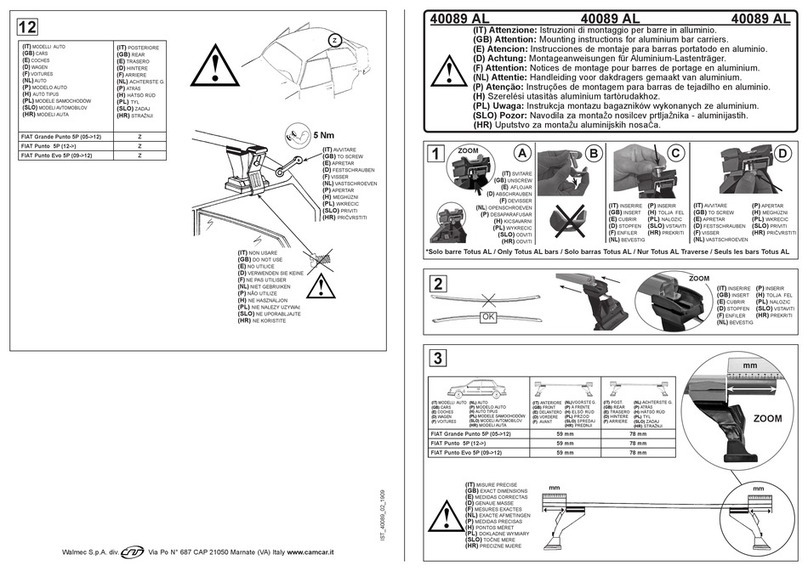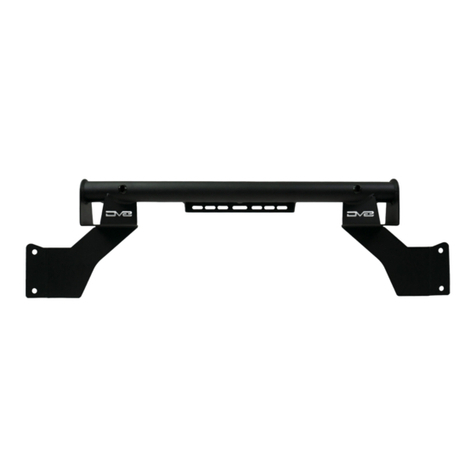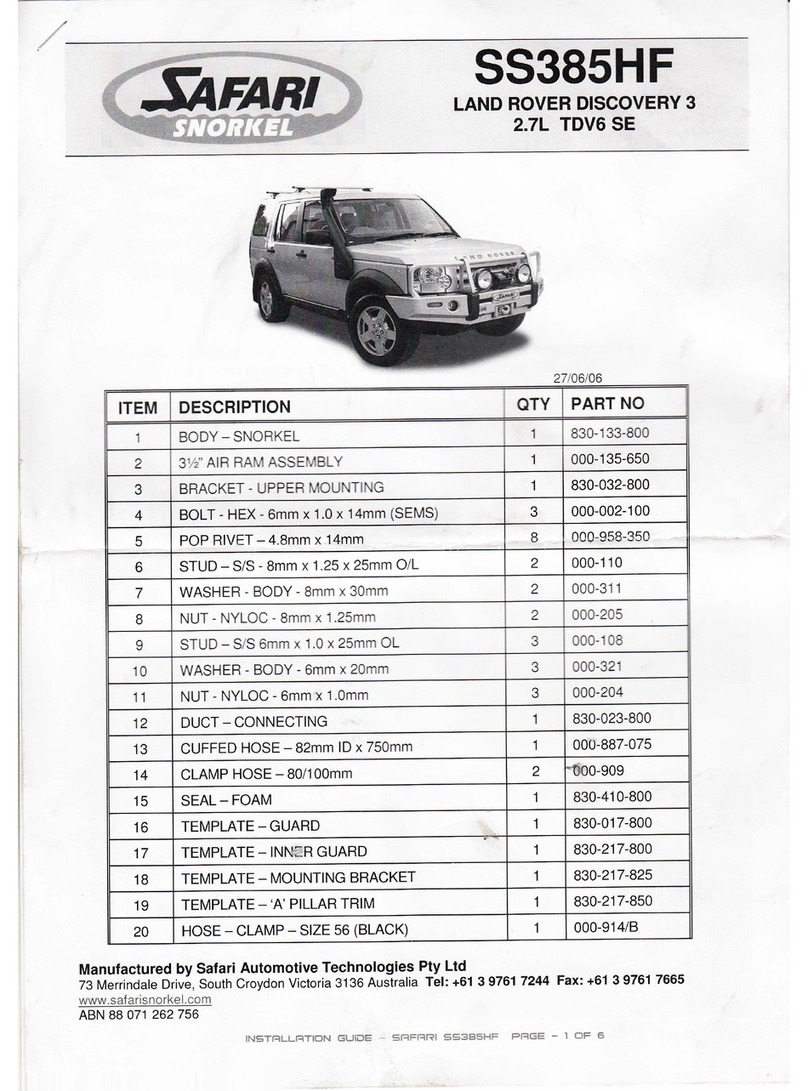
41
Content Gewiss
Content
Content .............................................................................................................................................................................................. 41
1. Information about this manual ....................................................................................................................................................... 42
1.1. Field of application............................................................................................................................................................... 42
1.2. Target readers...................................................................................................................................................................... 42
1.3. Symbols............................................................................................................................................................................... 42
2. Device description ......................................................................................................................................................................... 43
2.1. Models................................................................................................................................................................................. 43
2.2. Device description................................................................................................................................................................ 43
2.3. Fulfilment of regulations....................................................................................................................................................... 44
2.4. RED requisites...................................................................................................................................................................... 44
2.5. Degree of protection............................................................................................................................................................. 44
2.6. Degree of pollution............................................................................................................................................................... 44
2.7. Current socket-outlets.......................................................................................................................................................... 44
3. Safety............................................................................................................................................................................................ 46
3.1. Safety conditions.................................................................................................................................................................. 46
3.2. Personal protective equipment (PPE) .................................................................................................................................... 47
4. Device delivery and storage........................................................................................................................................................... 48
4.1. Delivery................................................................................................................................................................................ 48
4.2. Device identification............................................................................................................................................................. 48
4.3. Damage during transport...................................................................................................................................................... 48
4.4. Storage ................................................................................................................................................................................ 48
5. Device handling............................................................................................................................................................................. 49
5.1. Transport.............................................................................................................................................................................. 49
5.2. Unpacking............................................................................................................................................................................ 49
6. Preparation for device installation .................................................................................................................................................. 50
6.1. Environment......................................................................................................................................................................... 50
6.2. Environmental conditions ..................................................................................................................................................... 50
6.3. Support and fixing surface (column version)......................................................................................................................... 50
7. Device installation and connection................................................................................................................................................. 52
7.1. General installation requirements ......................................................................................................................................... 52
7.2. Device installation (column version)...................................................................................................................................... 53
7.2.1. Mechanical installation ............................................................................................................................................... 53
7.2.2. Connection of the device power supply....................................................................................................................... 54
7.3. Device installation (WallBox version)..................................................................................................................................... 56
7.3.1. Mechanical installation ............................................................................................................................................... 56
7.3.2. Connection of the device power supply....................................................................................................................... 60
8. Operation....................................................................................................................................................................................... 61
8.1. Autostart .............................................................................................................................................................................. 61
8.2. Stand-Alone with RFID card reader....................................................................................................................................... 61
8.3. Via mobile app and cloud platform........................................................................................................................................ 61
9. Status indicators............................................................................................................................................................................ 62
9.1. RGB LED .............................................................................................................................................................................. 62
9.2. Alphanumerical display ........................................................................................................................................................ 62
9.3. Lighting inside the type 2 socket-outlet................................................................................................................................ 63
10. Charging process......................................................................................................................................................................... 64
10.1. Autostart ............................................................................................................................................................................ 64
10.2. Stand-Alone with RFID card reader..................................................................................................................................... 64
10.3. Via mobile app and cloud platform...................................................................................................................................... 66
11. Faults and troubleshooting........................................................................................................................................................... 67
12. Updating the firmware ................................................................................................................................................................. 71
13. Modifying the operating parameters of the recharging station...................................................................................................... 72
14. Device disconnection................................................................................................................................................................... 73
14.1. Device disconnection process ............................................................................................................................................ 73
15. Preventive maintenance............................................................................................................................................................... 74
15.1. Dierential current devices................................................................................................................................................. 74
15.2. Earth connection ................................................................................................................................................................ 74
15.3. Connector conservation status ........................................................................................................................................... 74
16. Device dimensions....................................................................................................................................................................... 75
7.55.4.502.0 - Installation and Operation Manual
IT
EN
FR
ES
DE
RO
HU
NL
